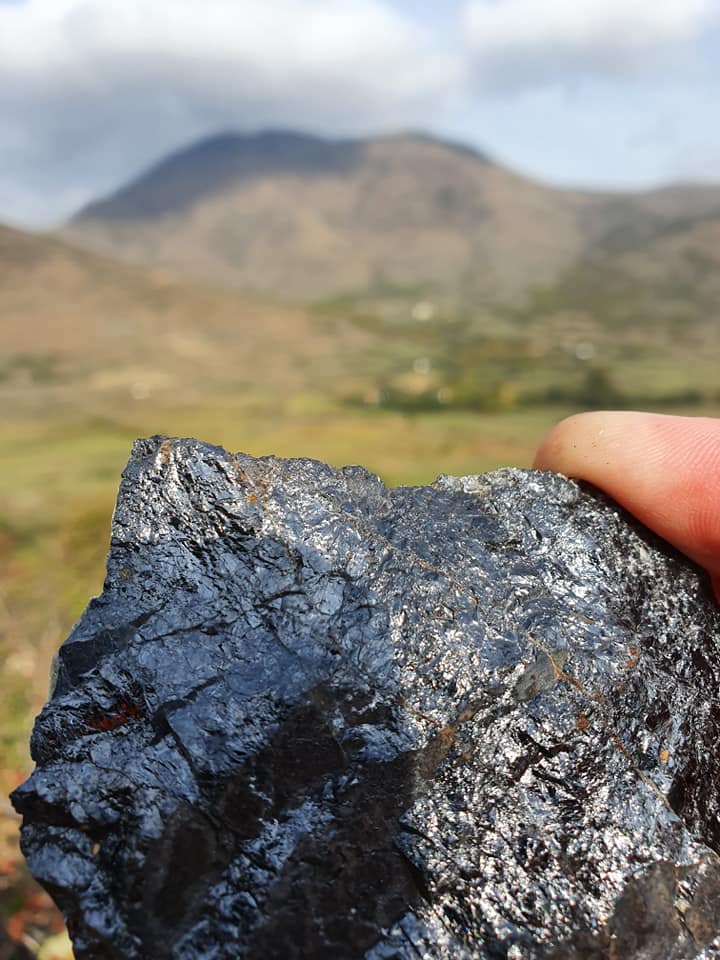Concrete is one of the most polluting materials in the world. The global cement market is projected to grow from $340.61 billion in 2022 to $481.73 billion by 2029.
According to Aireal the new Olivine concrete is one of the first carbon negative concretes in the world. It draws on the natural CO2-sinking properties of the mineral olivine and captures 133kg of CO2 per tonne of concrete.
After water, concrete is the most heavily used material on the planet. Its fabrication is also incredibly destructive, releasing large amounts of CO2 into the atmosphere at every step of the process. Currently, 800 kilograms of CO2 are released into the air for every tonne of concrete produced. Then, after a life cycle of about 50 years, concrete loses its integrity and needs to be recycled. The special olivine concrete developed by Green Minerals could change this polluting process. The olivine concrete is made from captured CO2 produced by concrete factories. The captured CO2 is then used as a raw material to make a new environmentally friendly concrete.
Olivine concrete uses the power of olivine to trap up to 130 kilograms of CO2 per tonne of concrete. This is done by replacing cement in the concrete recycling process with CO2 reacted Olivine. The CO2 is captured directly from the concrete factory, preventing it from making its way into the atmosphere. This process could in term be developed to make a carbon-negative concrete. At the end of its life cycle, buildings will need to be demolished. The concrete waste product will then be ground up and mixed again with CO2 reacted Olivine. Afterward sand, gravel and water will be added with fresh cement for a new round of construction. This process could make concrete a recyclable product, without having to make new cement which releases carbon dioxide in its production process.
This would allow the factories making cement to capture the CO2 they are already producing and turn it into one of the building blocks of the houses we live in.
According to Vince Beiser is the author of The World in a Grain: The Story of Sand and How it Transformed Civilization . “The sand mafia have literally murdered hundreds of people, including many journalists”
Sand mining is causing environmental damage worldwide. Mining a 50 billion tons per year is having a massive impacts on the planet and on people’s lives.
Manufacturing concrete similarly requires power, but the chemical process of making cement itself also produces significant amounts of carbon dioxide. Altogether, roughly 1,370 pounds of CO2 is produced for every metric ton of cement manufactured
The main driver of this sand crisis is a substantial constriction and urbanization. Every year millions of people are moving from the rural countryside into cities. The developments of the world is expanding at a pace and on a scale far greater than any time in human history.
Sand mining destroys habitats, rivers and erodes beaches, many of which are already losing ground to rising sea levels. When miners dig out layers of sand, riverbanks become less stable. The pollution and acidity can kill fish and leave less water for people and crops. The problem is made worse when dams upstream prevent sediments from replenishing the river.
“It has so many other impacts that are not taken into consideration,” said Kiran Pereira, an independent researcher who has written a book on solutions to the sand crisis. “It’s definitely not reflected in the cost of sand.”
Olivine mineral on concrete is great solution to extract CO2, the green sand industry is expected to grow .
The Advantages of Manufactured Sand. More cost effective than natural sand: Manufactured sand can be produced in areas closer to construction sites, bringing down the cost of transportation and providing an assurance of consistent supply.
Compliant with the new European Standards: Manufactured sand can be used as aggregates in screed and concrete mixes, as per EN13139. It can be used as a replacement or as a blended mixture with natural sand.
Less disruptive to the environment: The land used for quarrying rock can be reclaimed for commercial/residential purposes or used for wetland restoration. This can help in reducing the sand mining from river beds.
Lesser impurities and good working properties: Manufactured sand is free of silt and clay particles, and has denser particle packing than natural sand. It also offers higher flexural strength, better abrasion resistance, higher unit weight and lower permeability
Discover more from Green Innovation News
Subscribe to get the latest posts sent to your email.





